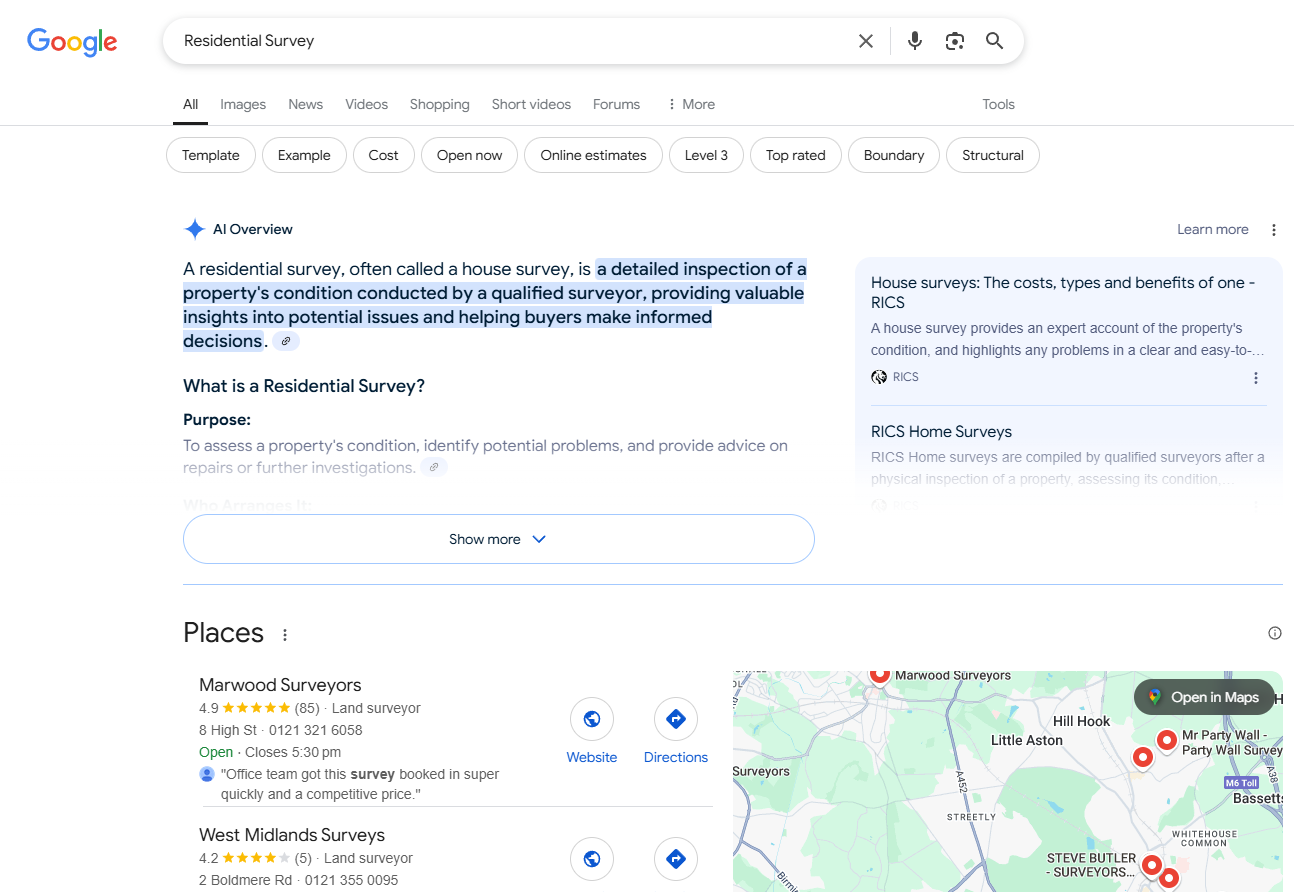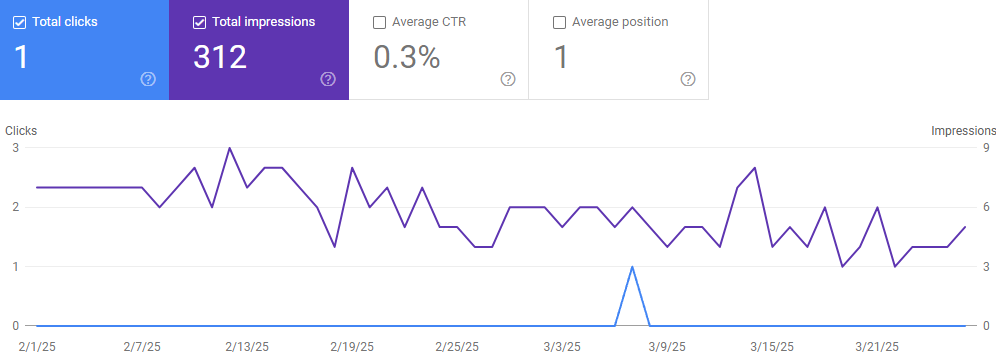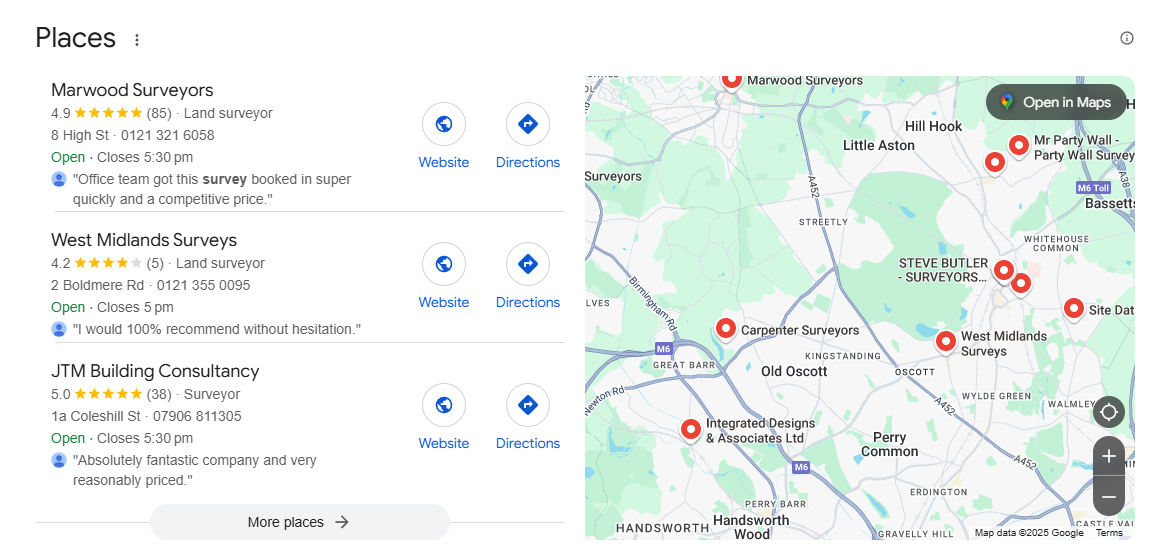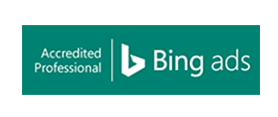It is 2025 and the search engine result pages (SERPs for the cool kids) are a long, long way from the simple 10 blue links of yesteryear.
Search results now often have a variety of page features (SERP Features for the really, really cool kids) giving us a much more dynamic set of page results.
Searches for local businesses can include any number of these page features, including:
- AI Overview + show more link + 3 x AI links
- Map Pack Results (3 x results, a map and a link for “more places”)
- 4 x Sponsored Listings (ads basically, tons of goddamn dirty ads) – up to four of these
- 4 x People also ask + more added when engaged with
- Organic x 10
- 4 x Sponsored Listings
This looked something like this on my standard desktop monitor (which shows way more than a phone):

To get past the various page features and to the traditional organic results I have to scroll past three full screens.
This image shows this journey zoomed out so you can get the idea:

20 links later…
The point is that to get to any traditional organic listings, I have to scroll past twenty or so links.
Some of these can also be expanded and direct traffic elsewhere.
To add to the pain, organic links are often dominated by high authority sites and portals, and the first local business is about the 25th link on the page.
What does this mean for organic?
The reality is that click-through rate (CTR) for traditional organic links is being attacked from many directions.
We often see high-ranking local keywords that show this kind of pattern:
- Solid rankings (in the traditional sense)
- Barely any clicks
In the diagram below, the purple line is impressions (when you show up), the keyword ranks first, and the blue line is clicks.
- 2 months
- 1 click

Woeful, right?
The reality is that the majority of clicks are not going to those traditional organic listings.
They are going to ads and local listings, etc.
And in reality, why not?
Map Pack Results provide the user with a lot of context for a generalised search.
We get an address, reviews, directions, review summaries, and much more – all without leaving camp Google.

And, of course, ads also provide the user with lots of information and context:

Are standard organic results losing value?
Well, yeah, for local queries, I think so.
The data supports this as well.
The key point here is not to panic too much.
Those users are still on search engines, but they are clicking on local results and richer, more engaging results (and ads, lots of ads, of course).
Organic is still important. As are the AI links. But for purely local queries, yeah, your focus should be on local and ads and longer-tail queries as well.
Is SEO dead?
Arghhh. I read my first ‘is SEO dead?’ blog post around 2003, and they keep cranking them out.
SEO will never be dead as long as search engines exist.
Trendy folks may want to call it GEO or some other wonky acronym to show it now includes Generative AI SEO or whatever, but the simple fact is this:
Whilst search engines exist, there will be a need to optimise your visibility on them – maybe we could call that, I dunno, SEO?
SEO is not dead. It is silly, sensational clickbait. But SEO is changing.
SEO is now not one game, it is many, many games that must be played at the same time:
- AI Overviews SEO
- Local SEO
- Organic SEO
- Long Tail SEO
- Image SEO
- etc
SEO is an umbrella term that covers many games.
Then, SEO itself sits under the digital marketing umbrella, which itself sits within marketing.
SEO is still important, but in the modern environment, you should identify what kind of SEO is important, along with any other relevant tactics.
SEO, Google Ads, Social Media, Remarketing, Offline Advertising, etc, etc, etc.
You get the picture.
Organic clicks are diminishing, but only because they have gone to other places.
Identify those places and be there.
The solution? Adopt a marketing mindset
Many moons ago, SEO could do it all – those days have passed for most businesses.
You now need to adopt a marketing mindset.
- Identify your target audience
- Understand who they are, why they buy, and how they buy
- Help them achieve their goals
- Be in all the places they frequent
- Across the entire customer journey from research to purchase
- Have a crystal clear message
- Gain permission to keep marketing (lead gen, downloads, etc)
- Keep marketing and nurture them to purchase
I guess what I am trying to say is you can’t just half-ass it any longer with just an SEO approach.
Don’t just do SEO.
Do marketing that includes SEO.
And everything else necessary to help, serve, and win those precious customers.
And you will still get a ton of traffic from search – today, tomorrow, and beyond.
And if you need any expert advice – drop us a line! :o)






